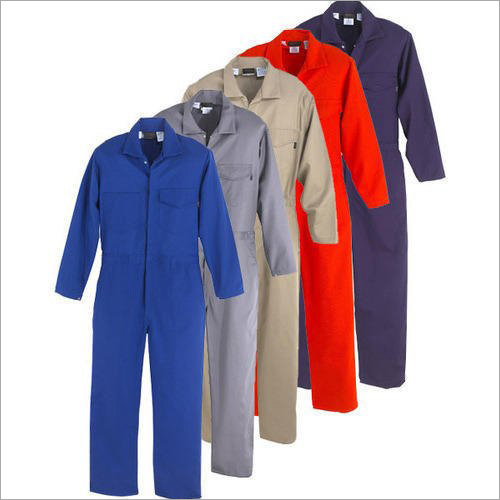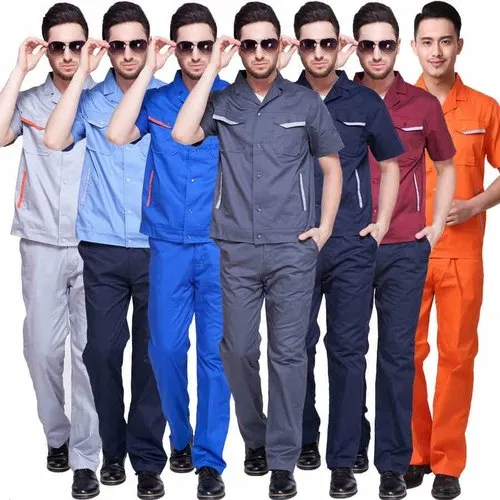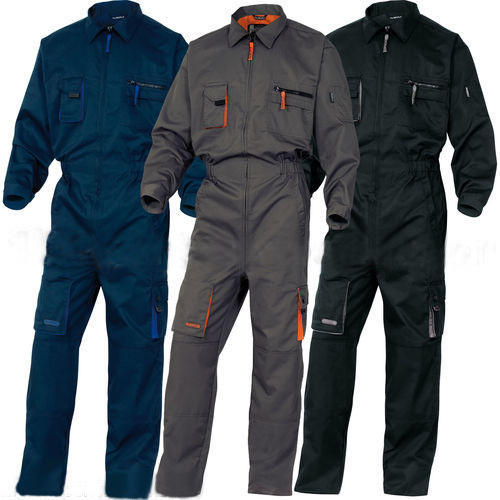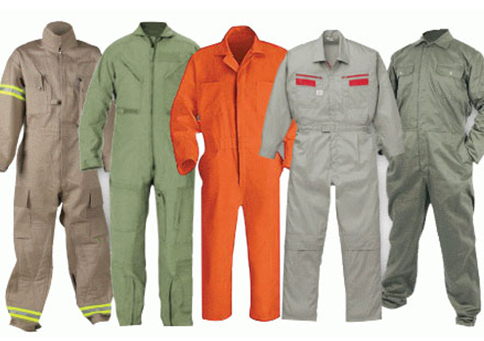Restaurant uniforms serve multiple purposes, ranging from creating a cohesive brand image to ensuring staff members’ functionality and professionalism. Below are some key aspects related to restaurant uniforms:
Overall, restaurant uniforms serve as an essential element in presenting a cohesive brand image, promoting professionalism, and ensuring functionality and cleanliness within a restaurant environment. They contribute to a positive customer experience and help establish a sense of identity and unity among staff members.
In the competitive world of restaurants, creating a strong brand image is crucial for success. One effective way to achieve this is through well-designed and functional uniforms. Restaurant uniforms not only represent your brand but also contribute to the overall dining experience. This article provides a content preview of how stylish and functional restaurant uniforms can elevate your establishment’s image.





Copyright ©️ 2023. All Rights Reserved | Design and Marketing by prontosys.ae